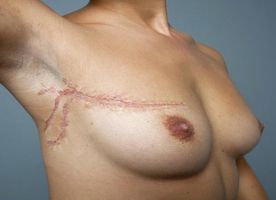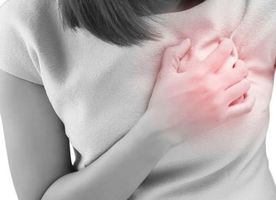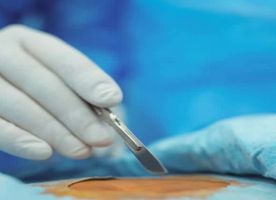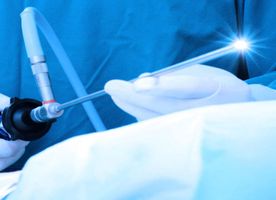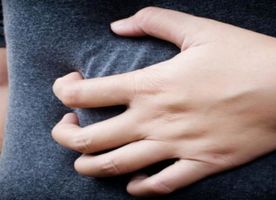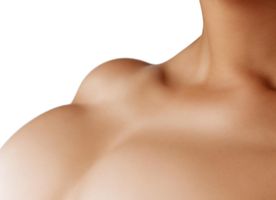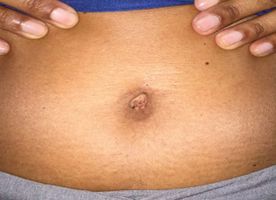General Surgery in Russian Federation
Search and Compare the Best Clinics and Doctors at the Lowest Prices for General Surgery in Russian Federation
Premier Medica





General Surgery at Premier Medica in Moscow, Russian Federation
European Medical Center (EMC)





General Surgery at European Medical Center (EMC) in Moscow, Russian Federation
JSC Medicina Clinic





General Surgery at JSC Medicina Clinic in Moscow, Russian Federation
Our partner clinics in Russian Federation are accredited by the following associations







































































































































No Time?
Tell us what you're looking for and we'll reach out to the top clinics all at once
WHY US?







































































































































No Time?
Tell us what you're looking for and we'll reach out to the top clinics all at once
General surgery is a surgical specialty that deals with a wide range of common ailments on almost any part of the body but typically focuses on treating diseases and injuries of the abdomen, including the esophagus, small intestine, large intestine, pancreas, liver, appendix, gallbladder, and bile ducts. It also deals with diseases that involve the breasts, skin, soft tissue, digestive system, and endocrine system glands.
Despite the term “general,” general surgeons are highly skilled surgeons. They can be found practicing many types of surgery, but they may also specialize in a type of surgery, such as treating cancer, which requires the skill to perform procedures on multiple areas of the body.
Some common surgeries that are performed by general surgeons are as follows:
- Appendectomy.
- Breast surgery for cancerous and non-cancerous tumors, including breast biopsy, lumpectomy (breast-conserving surgery or partial mastectomy), and mastectomy.
- Colon and rectal surgery, including colectomy, colostomy, and hemorrhoidectomy.
- Esophageal surgery, including esophagectomy, acid reflux surgery, and excision of an esophageal lesion.
- Gastroenterology procedures, such as gastric bypass surgery, upper GI endoscopy, and liver biopsy.
- Gallbladder removal (cholecystectomy).
- Hernia repair.
- Varicose vein removal.
- Thyroid removal.
- Transplant, such as kidney and liver transplantations.
- Spleen removal.
- Wound repair.
How Long Should I Stay in Russian Federation?
Your length of stay depends on the type of surgery you underwent. In general, you should wait for at least seven to ten days before you travel home, sometimes extending to 14 days. During your stay, you will need to rest as much as possible and let your body recover. In some cases, your surgeon may schedule a follow-up visit to evaluate your healing and, if needed, remove any stitches.
What's the Expected Recovery Time?
Recovery time can be different from one person to another, depending on the type of surgery you have and your general health. Anytime you have some sort of incision, you will have to wait until that incision has healed completely until you can go back to your full normal routine. Your surgeon will give you an idea of how long your recovery time can take. It can take a few weeks until you are allowed to return to work, and you may need to gradually increase your activity level until you can resume all of your normal activity.
What Aftercare is Required?
To speed your recovery time and avoid complications, it is important to follow the instructions you are given. Even a simple instruction, such as no baths after your surgery, may not seem meaningful, but your surgeon would not instruct it without good reason. You will need to have regular checkups after your surgery, but you can typically choose to have the checkups with your local doctor at home if you cannot make multiple travels to Russian Federation.
What's the Success Rate?
With new techniques, advanced technology, and extensive experience of general surgeons, the success and safety rate for general surgery continues to increase. For example, general surgeons can now use laparoscopic techniques or perform robot-assisted surgery to minimize the risk and increase the success rate of surgery. These new techniques are possible thanks to continuous research and advancement in general surgery. Still, no surgical procedure is risk-free. All types of surgery generally carry the risk of bleeding, infection, and damage to other organs.
Are there Alternatives?
There is typically no alternative to general surgery. However, if your doctor suspects that you need a specific specialist for your disease or injury, they will refer you to the relevant specialist.
This information has been accurately sourced and verified by a medical professional for its accuracy, however, we strongly recommend you to consult with your doctor before pursuing medical procedures overseas.




